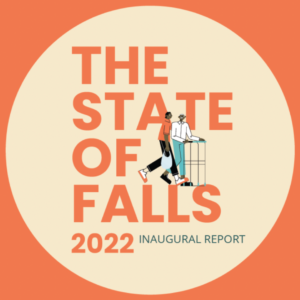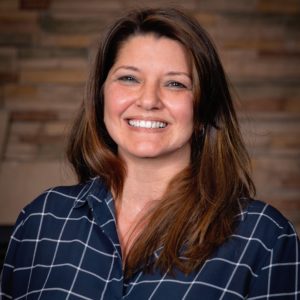Alarms: A safety must or maybe?
The 30-bed skilled nursing facility (SNF) at Medina Memorial Hospital (MMH) Medina, New York, has become a quieter, more restful place. “Stop Being Alarmed,” a program designed to eliminate disturbing resident fall alarms, was developed by Director of Nursing Mary Luckman, BS, RN, after her year-long research of the literature suggested that alarms are ineffective at preventing falls.
The hospital-based SNF has gone from eliminating restraints to instituting alarms and now has removed all fall monitoring devices from resident beds and chairs. The unit has become a quieter environment without compromising safety.
Research indicated that safety alarms presented a number problems including worn leads, dead batteries or resident disconnection. The variety of alarm styles was also a competency issue for staff. When an alarm sound, staff runs to help the resident, which could be too late to stop a fall.
In developing the program, Luckman and her team observed each resident’s daily activity, which helped staff anticipate the resident’s needs, develop interventions and meet those before an alarm was triggered. The program has been in place for a year.
“You need to focus on the resident’s specific life pattern, and intervene proactively,” says Luckman in an article. “We still can have a fall—nothing is 100 percent perfect, but our nursing unit is alarm free, the decibels of noise have decreased, it’s a calm and pleasant unit, and most importantly the residents, staff and families love the difference.”
Luckman and Margaret Mary Wagner, interim SNF director at MMH, will present their findings at the American College of Health Care Administrators annual meeting April 11–15 in San Antonio.

Sandra Hoban was on I Advance Senior Care / Long-Term Living’s editorial staff for 17 years. She is one of the country’s longest-serving senior care journalists. Before joining Long-Term Living, she was a member of the promotions department at Advanstar Communications. In addition to her editorial experience, Sandi has served past roles in print and broadcast advertising as a traffic and talent coordinator.
Related Articles
Topics: Activities , Advocacy , Risk Management , Staffing











